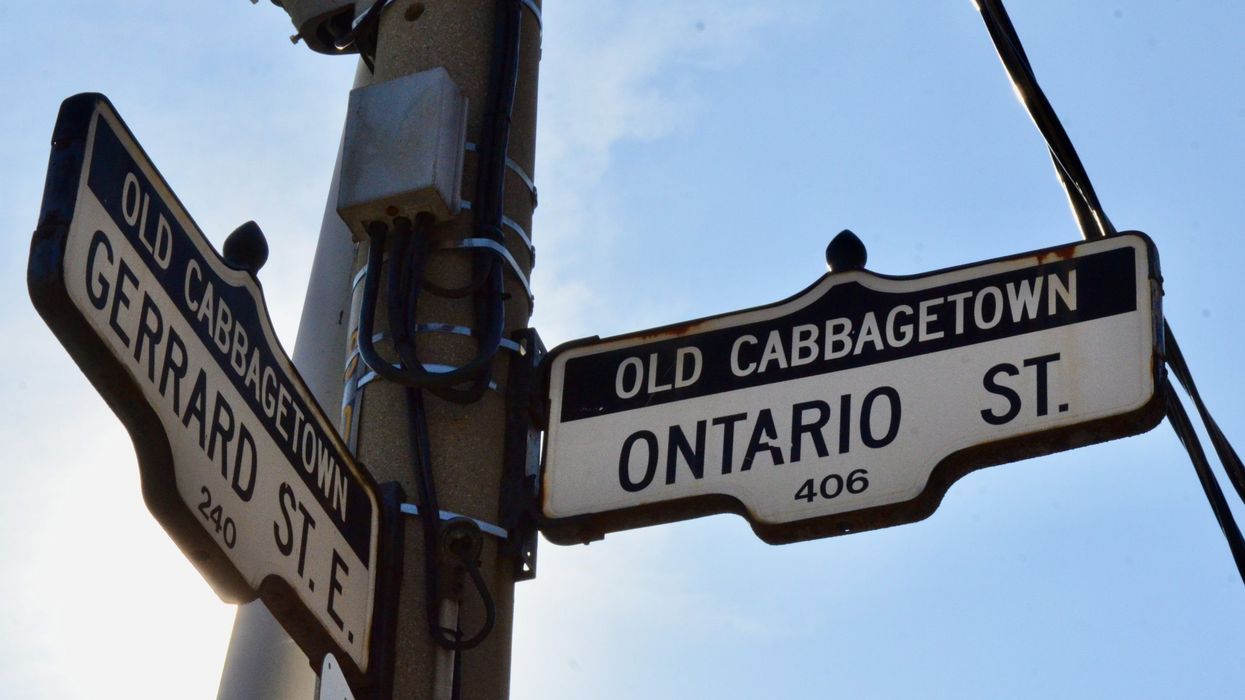Across the city, Gerrard Street hasn’t made as much of a name for itself as it might have by now.
Bloor, King, Queen, Dundas -- even College/Carlton -- all have stature or swagger, connecting various famed neighbourhoods along their strips.
Why not Gerrard? Gerrard Street cuts into the core, picks up the Carlton streetcar route linking High Park to Danforth Village, and is one of few streets that actually jumps over the Don Valley to reach the east side. South of Bloor, Gerrard is first to bridge the Don River.
READ: Cabbagetown Is On the Rise and This Boutique Build Knows It
Despite these good bones, much of this stretch remains heavily residential, but lacking urban density -- and the associated buzz that growth brings with it.
Perhaps now its time has come, as developments and proposals are clustering on, around, and near Gerrard -- latecomers to a revitalization party that was started, roughly, in the 1980s. Indeed, with more than 15 projects in various stages of development -- from proposals to topping off -- within a 2km radius of Gerrard and Parliament, the party could just be getting started in Cabbagetown.
‘The Neighbourhood Was Like Me -- And it Was Boring'
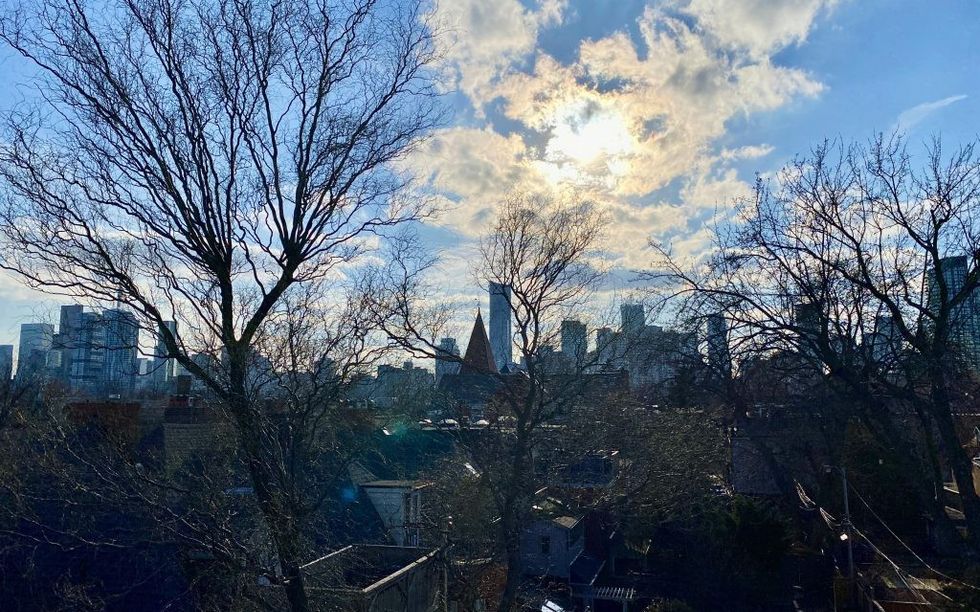
Buying a home in Cabbagetown in 1974, Virginia Hamara has seen almost half a century of the area. She also opened a legal practice on Gerrard Street in 1999, working within walking distance of home.
“In the '70s, it was an extremely transitional neighbourhood,” Hamara says. “Lots of rooming houses and really quite dilapidated -- but originally well-built -- brick Victorian homes. In the early '80s, it became the darling spot for the [gay community] -- they came in and started renovating and attracting attention to the area. They made it very exciting to live there; that very exuberant time was pretty much the decade of the '80s.”
The AIDS crisis was devastating to the community, Hamara says, noting that she lost many friends and neighbours. The next phase saw buyers from what she calls the “C Suite” class, coming from downtown, who often bought and sold within a few years -- but throughout this, Cabbagetown maintained a core community of families who stayed and, most recently, whose children have come back.
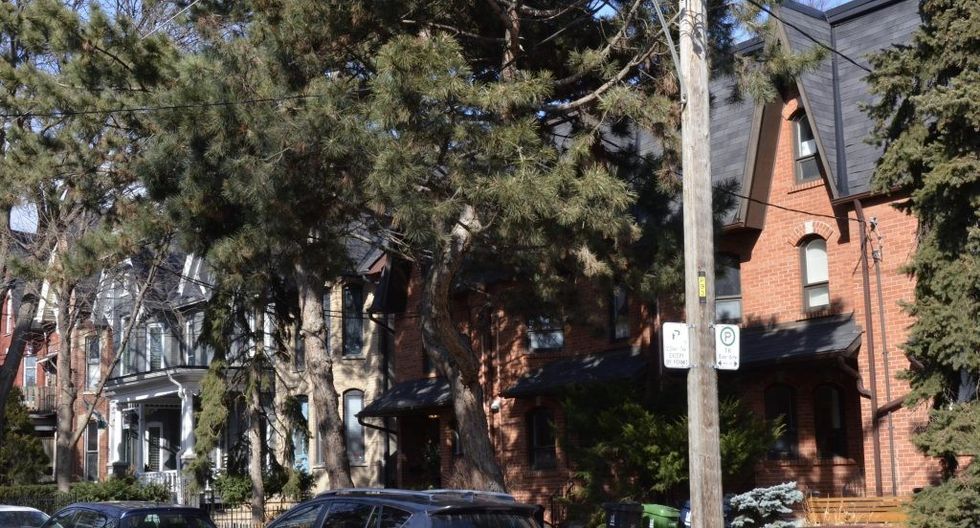
There’s a lot of history and heritage here, says Doug Fisher, former MP and author of the Cabbagetown Neighbourhood Review. He also worked for the local BIA, which he notes is the second oldest BIA in the city, after Bloor West’s.
As a “living museum,” Cabbagetown has all the trappings of a historical neighbourhood with passionate, longterm residents: a preservation association, a heritage conservation committee, a “social history” of notable locals, a residents' association, another residents’ association for the southern boundary, a farmers’ market, and annual craft sales, festivals, and themed walks.
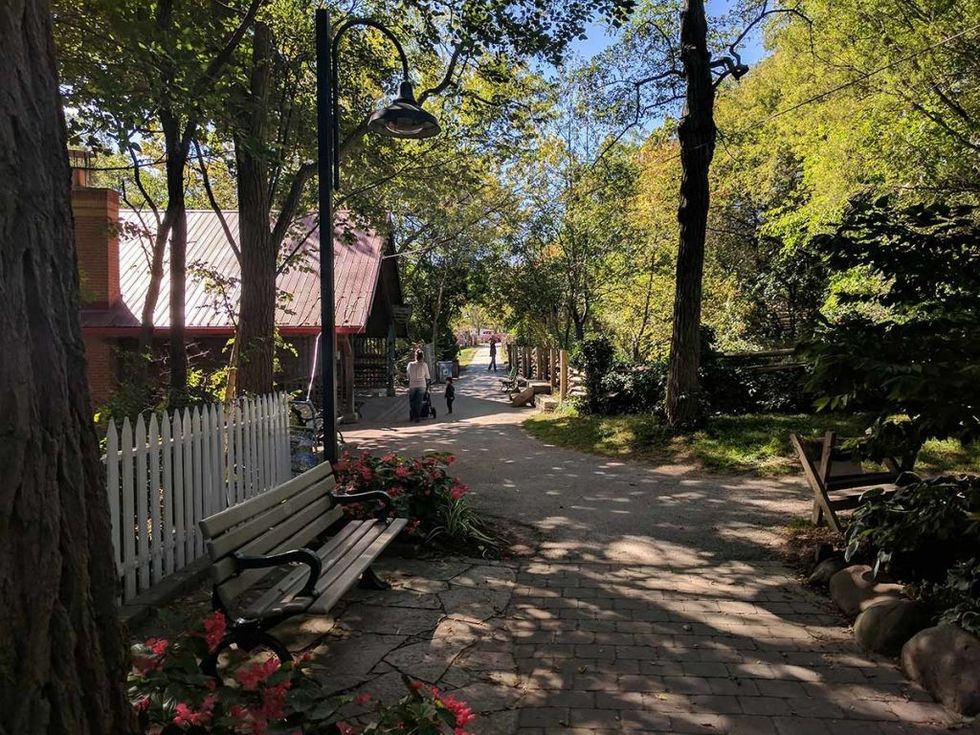
But a recent infusion of residents, Fisher says, has brought new life to Cabbagetown.
“I’m here for 30 years now and 10 years ago, maybe 15, the neighbourhood was like me -- and it was boring,” he says. “Everybody was the same age, there wasn’t much going on. Everybody had dinner at four o'clock and went to bed at nine, that kind of thing. But now we’ve got a ton of families in here. I don’t know where they’re getting the money to buy these houses -- they’re expensive homes -- but people are coming in here, bringing a couple of kids or they’re having kids once they settle down, and the whole feeling of the neighbourhood is really different. And it’s good.
“And these people take the neighbourhood seriously, they don’t want to see things go awry. So I hope that, in the future, we get lots of these families coming in.”
‘Last Remaining Protected Pockets’
The demand for density was inevitable. Neighbourhood Profiles from the City show a curious trend in an otherwise booming city: population was edging downward here. Between 2011 to 2016, the most recent comparison available, Cabbagetown-South St. James Town lost 3.2 per cent of its residents. The city as a whole, meanwhile, gained 4.5 per cent.
In fact, at the turn of the millennium in 2001, Cabbagetown-South St. James Town had a population of 11,085. In 2016, it was 11,669. In that decade and a half, growth was limited to fewer than 600 overall residents while the city gained a quarter of a million.
“South Cabbagetown is one of the last remaining protected pockets of low-rise, luxury heritage communities in the central downtown core in Canada,” says Jonathan Goldman, president of Stafford Developments, in an email. The developer touts itself as “leaders in urban renewal projects,” and its seven-storey condominium, The Georgian, is landing at Gerrard and Ontario.
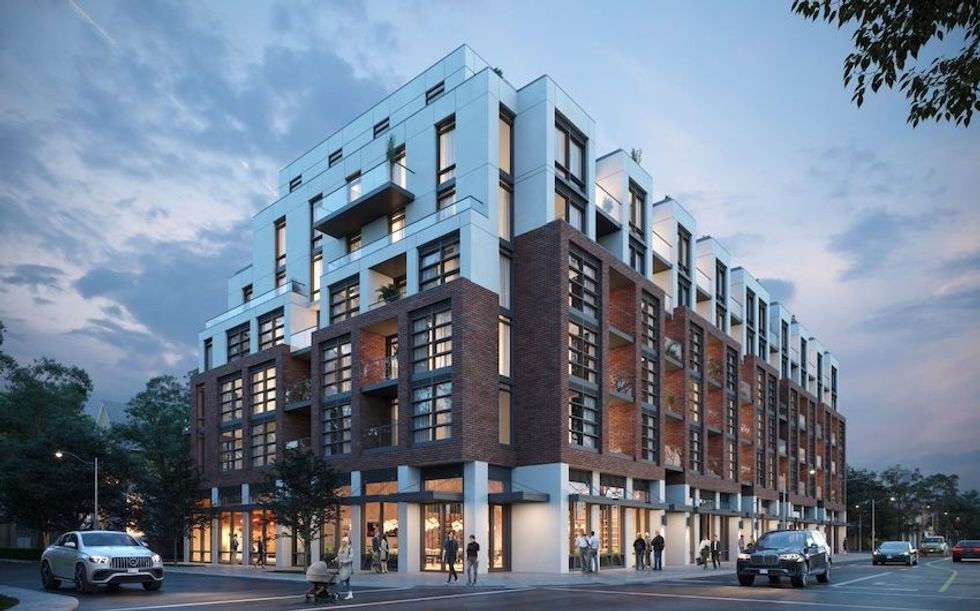
“Its beauty and charm are incredibly unique,” he says, “and that is why there is so much passion and love for the area from its residents.”
The project’s name was inspired by Georgian architecture, Goldman says, intended as an upscale contribution to the area’s character: “reminiscent of a storied hotel with a grand history and sense of class.” There’s the usual sensitivity around the G-word, but it’s worth noting other nearby projects are bringing in 40-plus storeys, he points out.
“We often talk about gentrification when we know a neighbourhood is changing and modernizing, but so much of this neighbourhood is protected heritage,” he says. “So what is really happening is that the neighbourhood is evolving to include modern commercial amenities and appropriate scale, additional residential density that doesn’t change the area, but compliments the beauty that exists.”
Keeping Families in the Core
Aside from its celebrated heritage elements, Fisher says the mix of residents makes Cabbagetown special -- it’s not a homogenous enclave of repetitive sameness.
“We have people of all income levels living here,” he says, citing census data showing average incomes all over the map in very close quarters. “So it’s really a blast. And it works. You get some NIMBY people who don’t like it, but personally, I think it makes the neighbourhood pretty interesting.”
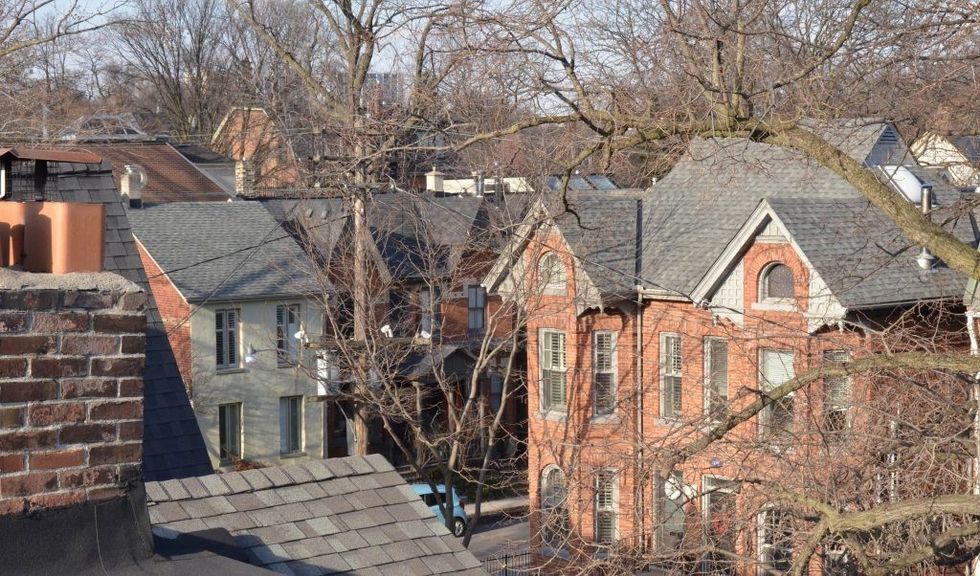
Hamara agrees the area is “colourful”, but says Cabbagetown has always felt safe. She would work late, until 11 pm some nights, and walk home alone.
The typical NIMBY sentiment suggests residents don’t want new people to come -- but Hamara wants the opposite for Cabbagetown. She wants people to stay.
“If we’re going to have denser housing, I’d like to see it more accommodating for families so that you can have longterm, established neighbourhoods,” Hamara says. “That’s the beautiful thing about Cabbagetown -- it’s suitable for longterm living so that children can grow up and feel rooted in a community.”
Highrise builds with tiny studio apartments, she fears, will bring short-term residents with short-term interest in the community -- people who will leave to start their families out the suburbs. It’s an angle Stafford Developments addressed with their “boutique” project, Goldman says, prioritizing two- and three-bedroom units in The Georgian.
“We should have apartment living like they do in Europe -- you know, suitable for a family that’s going to live their entire life there,” Hamara adds. “I think if you’re going to keep good neighbourhoods in the city, when you’re trying to accommodate denser housing, you have to think that way -- instead of just putting people in these tiny units because they need to come and work downtown. That [strategy] is, I think, undermining the city itself.”
